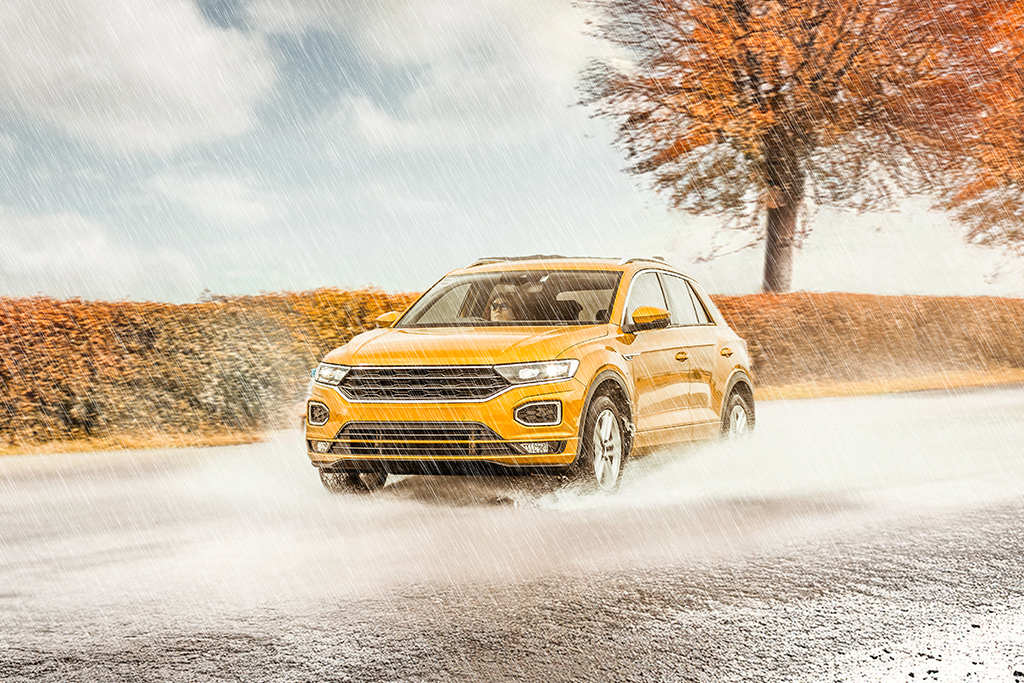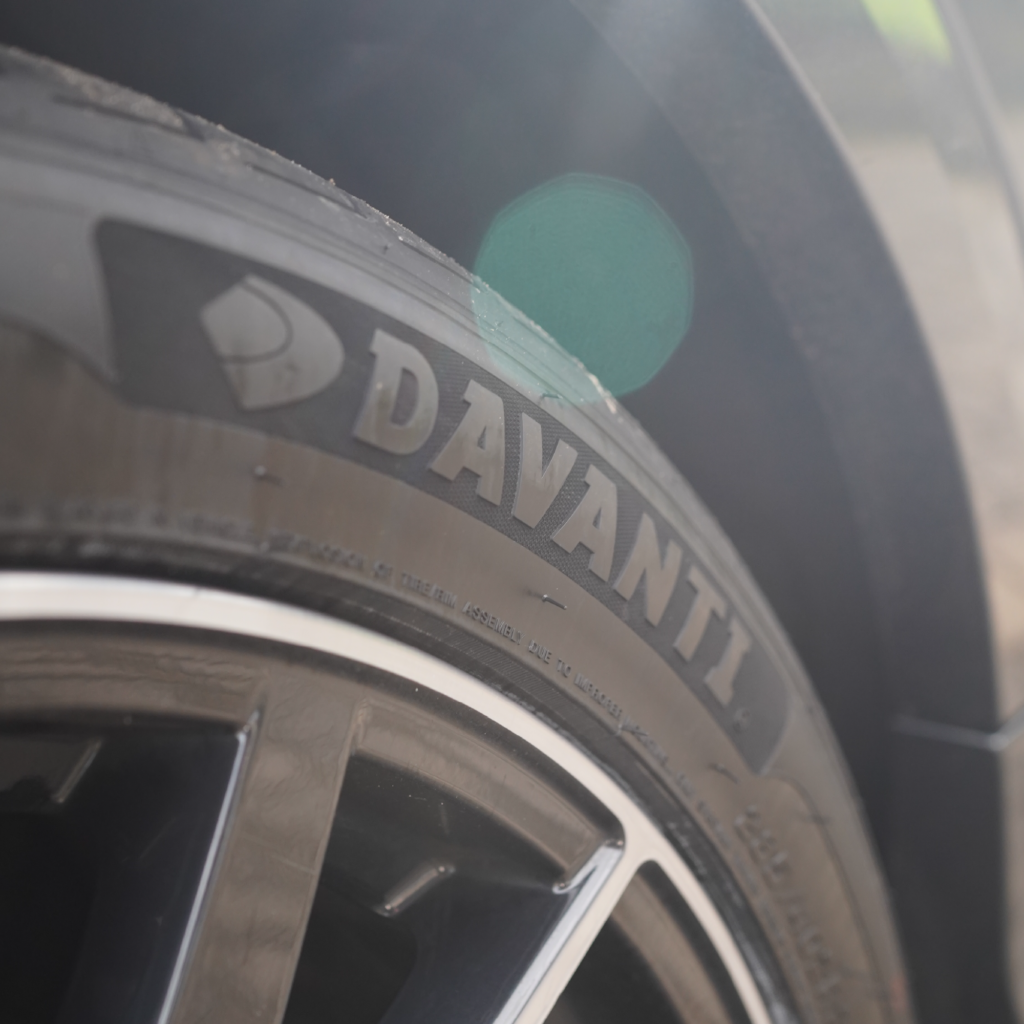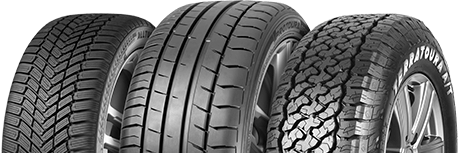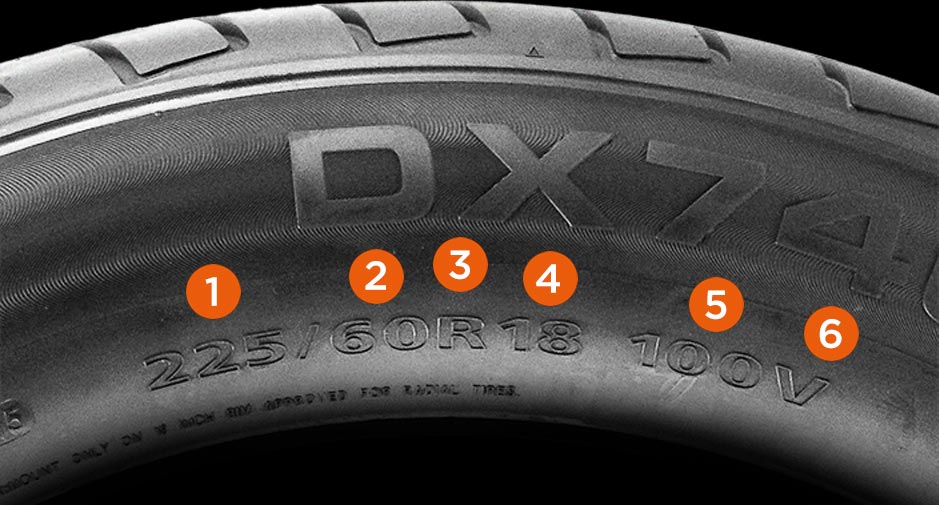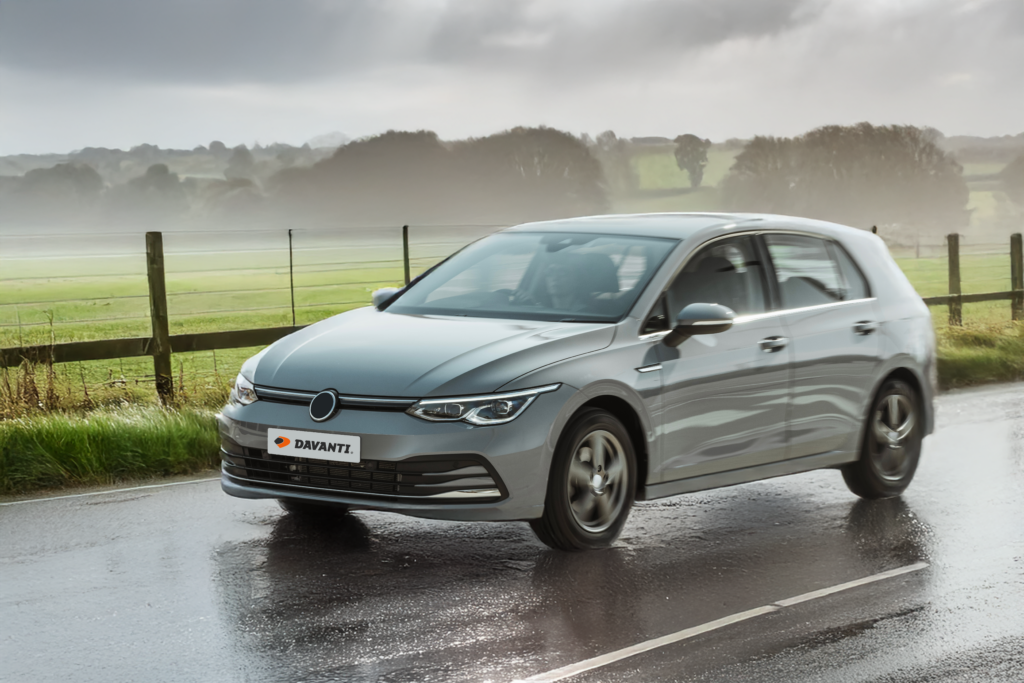
Top Tips for Driving in Wet Weather with Ecoura
Wednesday 16th April 2025The British weather can be unpredictable this time of year, but one thing is certain: we can expect a lot of rain, so it’s best to be prepared for the worst. So, to help you prepare for the rain and stay safe this spring, we’ve written a helpful guide to get you started:
How should you drive in the rain?

When roads are wet, your car’s handling, braking, and visibility are all affected. Here’s what you need to keep in mind:
- Give extra space to the vehicles in front of you, as it could take twice as much distance for you to stop your vehicle on a wet road.
- Drive carefully to the conditions while being considerate of other drivers, as their visibility may also be reduced.
- Avoid any standing water or large puddles, which might cause your vehicle to aquaplane.
- Find alternative routes wherever possible, but if you must travel through floodwater, drive slowly and steadily. Never attempt to cross any deeper pools of water over 10cm, which might reach up to your exhaust in order to avoid engine damage.
- Gently test your brakes as soon as it is safe after leaving any floodwater.
Plan your journey ahead

Failing to plan is planning to fail, especially when it comes to driving in heavy rain. With the increased risk of accidents and longer travelling times, drivers are rightly becoming much more cautious. So, before a long road trip or even the journey to work, be sure to check the traffic and leave earlier if you need to, reducing the risk of being late and avoiding any last-minute rushes.
Ensure your tyres have enough tread
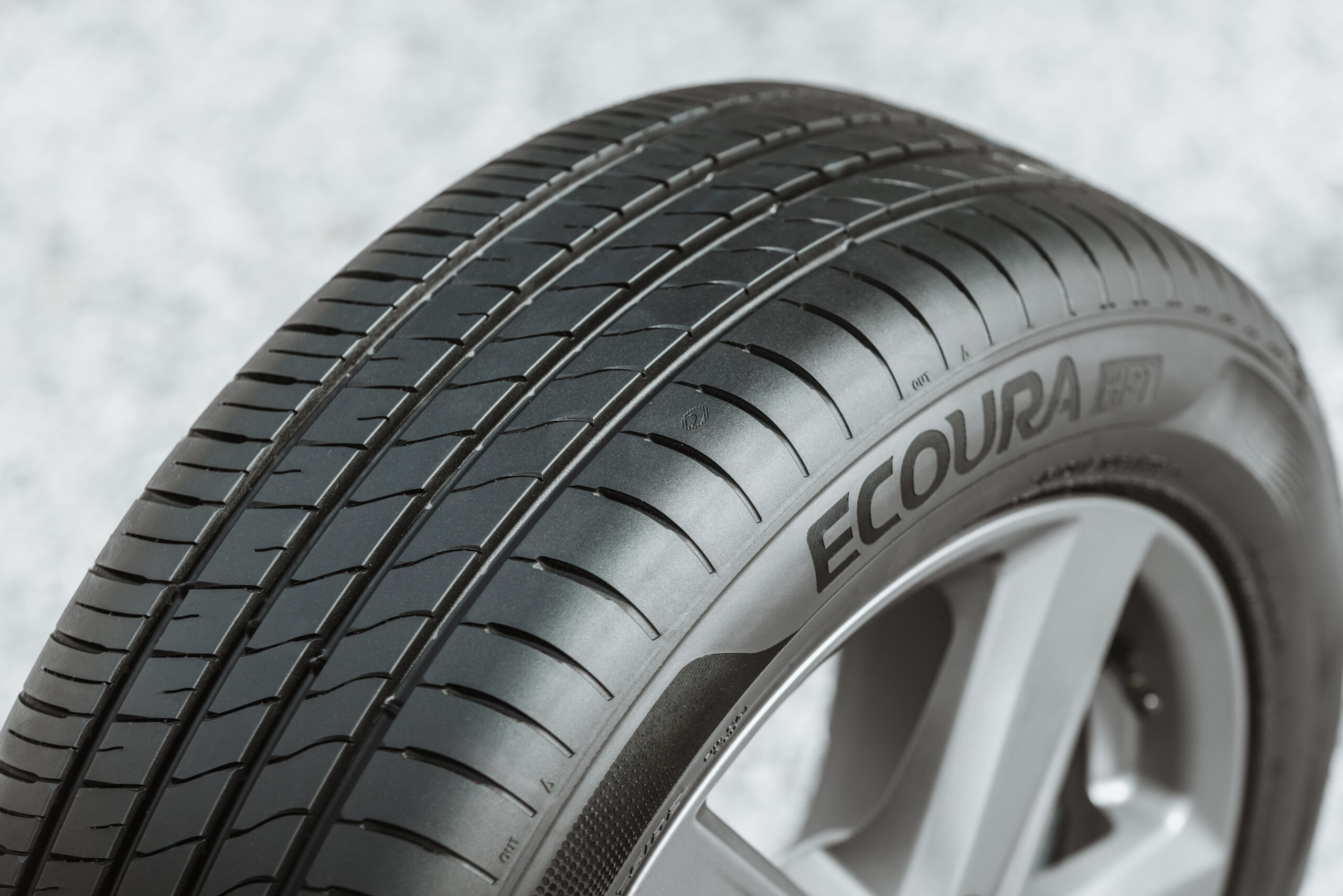
When it comes to ensuring grip on wet roads, your tyres are already doing a lot of work for you. Modern tyres utilise both compound and tread designs to keep you safe while you drive. However, as your tyres get worn down, their ability to disperse water and prevent aquaplaning decreases.
We recommend checking all your tyre treads at least on a monthly basis, but if you’re experiencing wheel spin or loss of traction in the rain, it may be an indicator that you need to get your tyres changed. If you’re everunsure, contact your local tyre expert either online or using our useful dealer locator.
What to do if your vehicle is aquaplaning?

Aquaplaning occurs when your tyres lose contact with the road due to excess water, making steering and braking ineffective. If this happens:
- Slow down: Gently lift your foot off the accelerator, naturally slowing your vehicle down, which will help regain traction with the road.
- Avoid hard braking and keep your vehicle straight: Slamming on the brakes may cause your vehicle to skid out of control, and the same goes for quick movements on your steering wheel. Do your best to remain straight, this will help you avoid spinning out and losing control.
- Be patient: Wait until your tyres have gained traction, which you will feel in the steering. Don’t rush off either, move off slowly while being aware of drivers around you.
Aquaplaning can happen to anyone, even experienced drivers, but these considerations can increase your chances of safely regaining control of your vehicle and avoiding a serious accident.
Ecoura – the tyre with a focus on wet grip.
When we designed our latest generation of high-performance tyres, such as the Ecoura, we placed safety, wet weather performance and comfort as its focus. Ecoura’s deep circumferential and outer grooves provide grip even on the rainiest days, facilitating efficient water evacuation for high levels of aquaplaning resistance and maximised traction in wet conditions.
Ecoura was also put to the test at Davanti’s European Development Centre based at Applus+ IDIADA in Spain, considered one of Europe’s most challenging independent testing facilities. Both wet braking and handling are being rigorously tested.
Testing Ecoura’s wet weather performance:
- Wet braking – The wet braking test consists of driving a vehicle at 110 km/h into a heavily watered section of track and then applying the brakes to come to a complete stop. The braking distance covered by the vehicle is measured using ultra-precise GPS equipment.
- Wet handling – Wet handling testing consists of both objective and subjective tests. The objective test is a lap time of a wet handling circuit, taking into account the tyre’s ability to transfer the car’s power to the road and, ultimately, the amount of control the driver has. Meanwhile, the subjective test involves the test driver applying a rating to several parameters based on their knowledge and experience, such as safe, predictable handling and effortless road performance.
- Longitudinal aquaplaning – Using GPS and precision-recording equipment, aquaplaning resistance is measured when the driven front wheel speed is 15% faster than the speed the vehicle is travelling. The higher the speed, the better the tyre is at preventing aquaplaning.
Have some questions? Reach out to us with our contact form. You can also learn more about Davanti and our range on our news or product pages.


